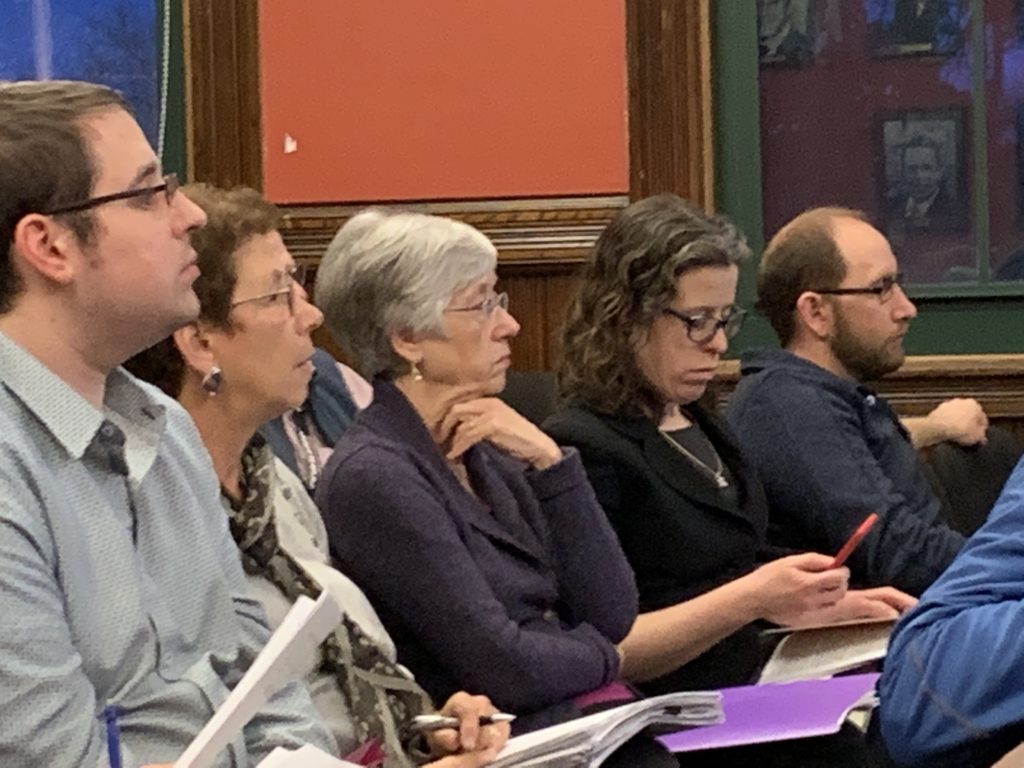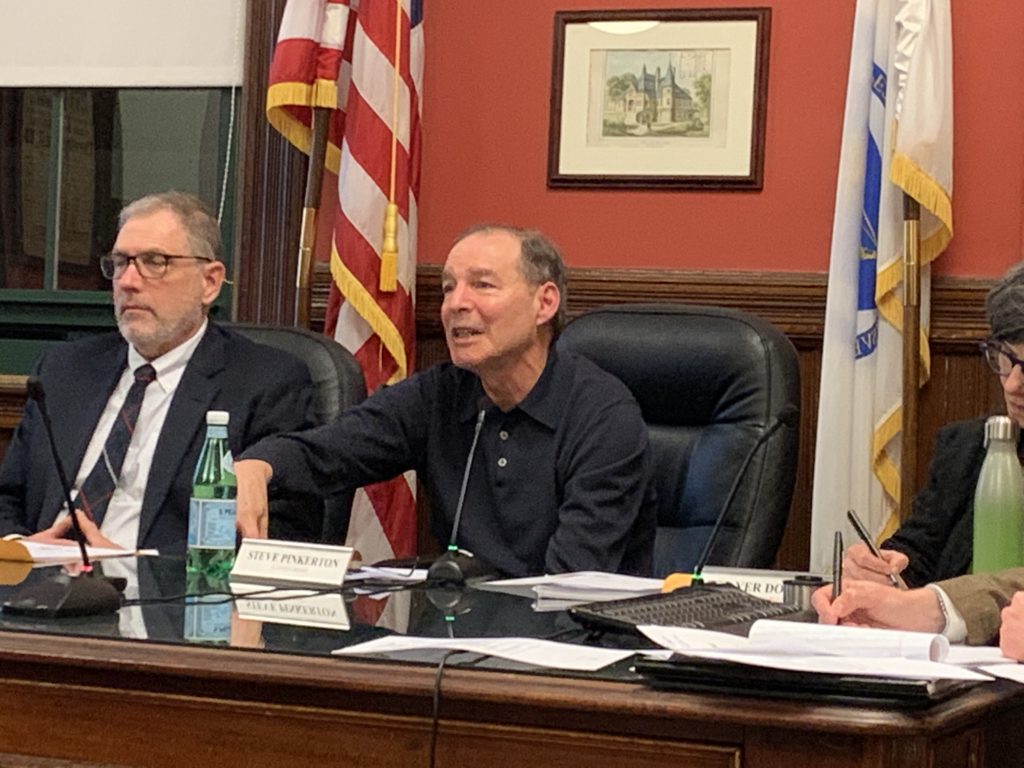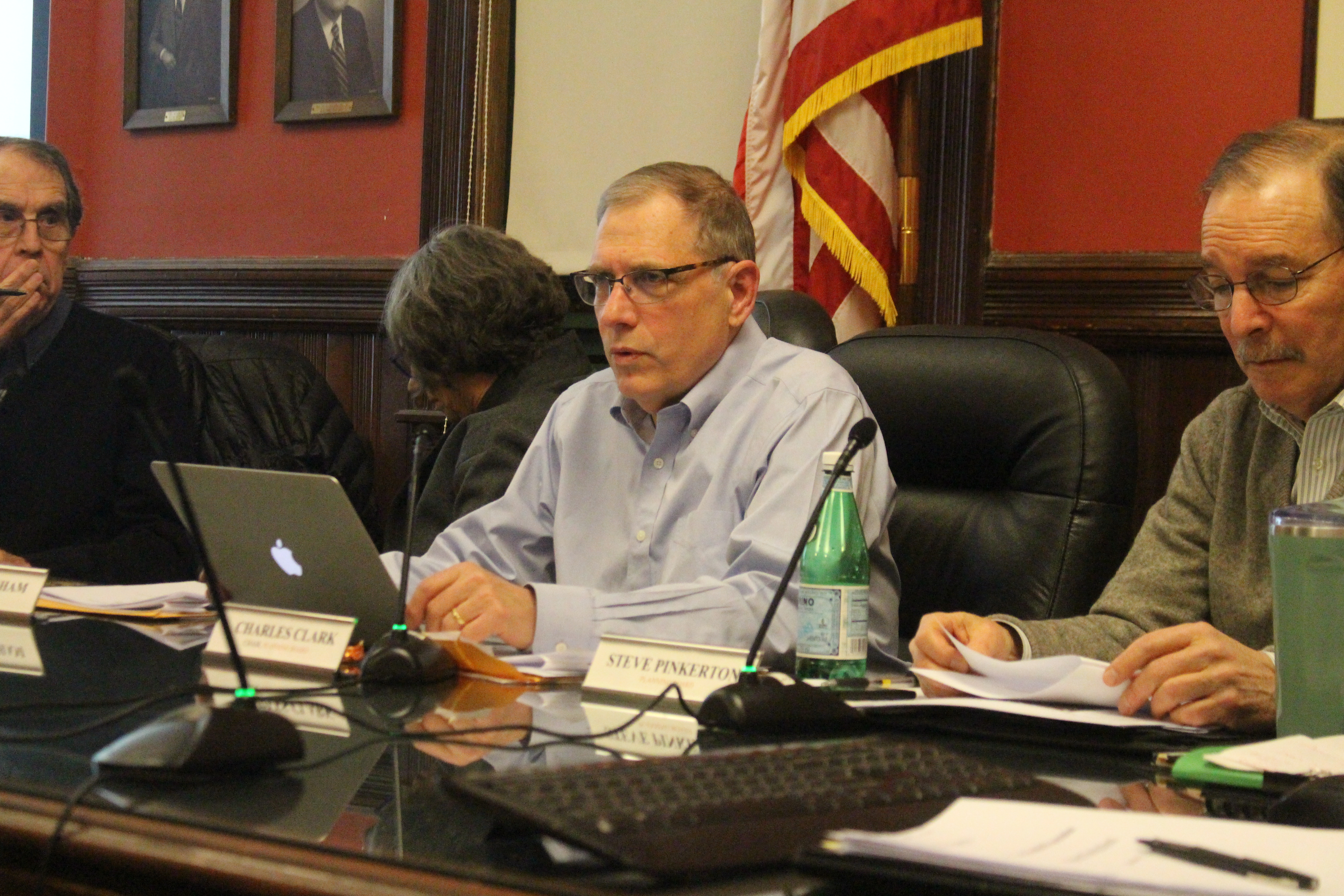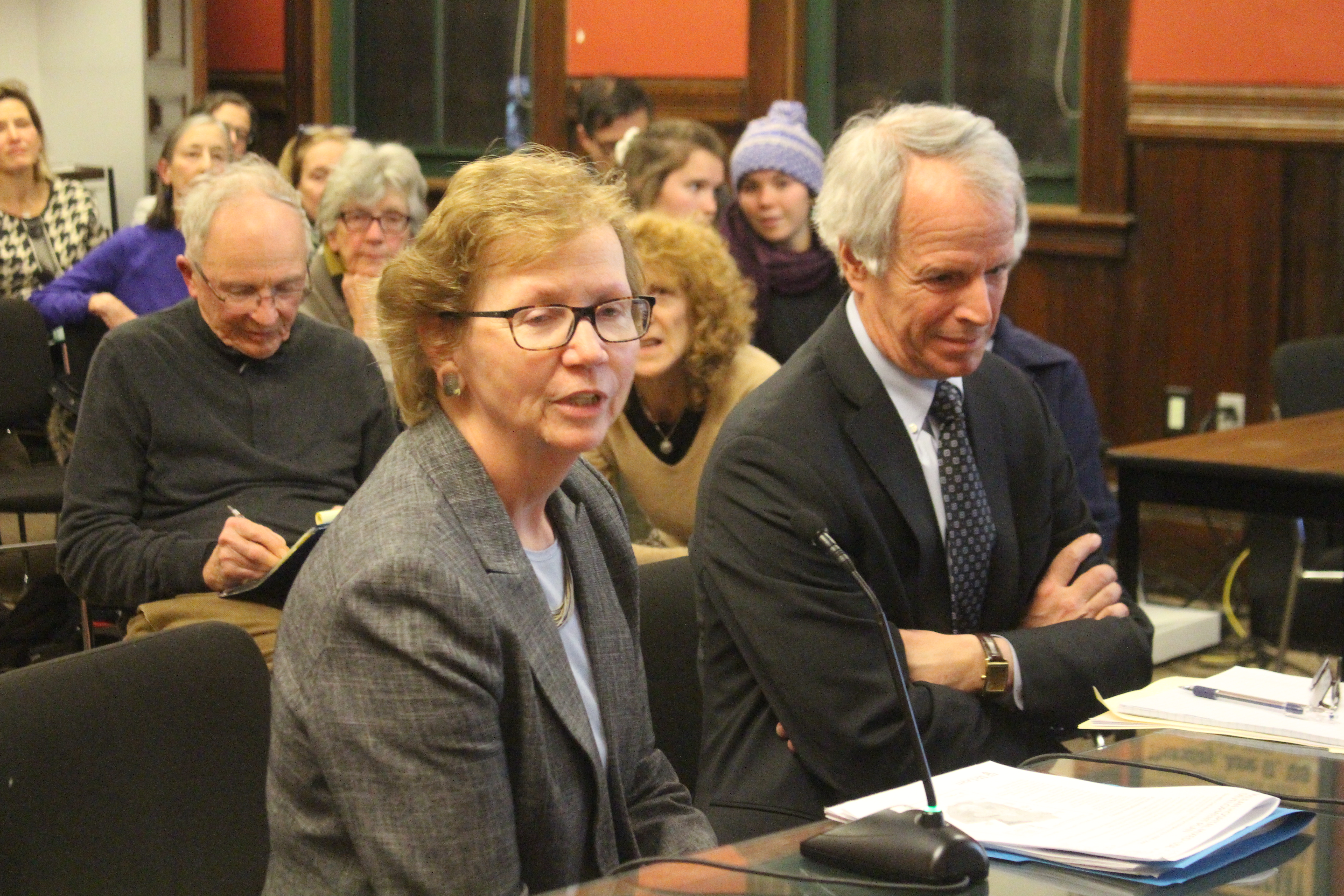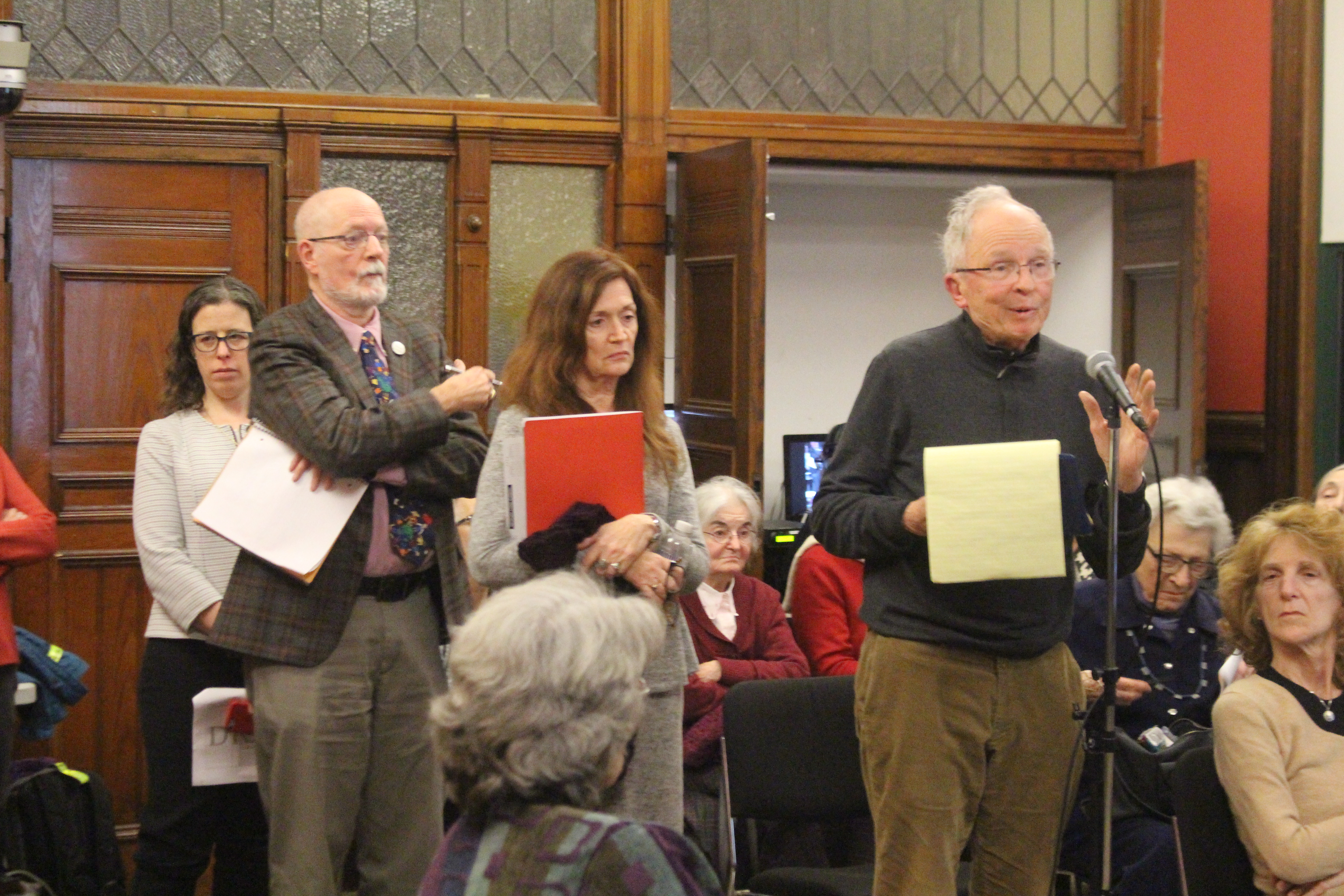Photo: Northland Residential President and CEO John Dawley
You know you are doing something “right” when the same group that jeered you earlier is now cheering.
That’s what occurred at the Select Board’s meeting Monday, Nov. 18 after Northland Residential President and CEO John Dawley presented a revised residential development proposal at one of largest parcels remaining in Belmont’s McLean Hospital.
After coming under fire for a proposal critics called a “cut and paste” of its three existing developments at McLean, Northland’s revised blueprint for its fourth development in Zone 3 boosting the number of affordable units as well as provide housing to a broader spectrum of both income and population.
“I’m here tonight to try and be responsive to the voices that spoke at various meetings back in March on a project that appears to be responsive to the concerns that were articulated,” said Dawley Monday night.
The announcement brought praise from the representatives of the Belmont Housing Trust which has been a driving force in expanding economical living units in town.
“I’m really excited about this proposal and this is, indeed, a big win for Belmont,” said Trust Co-Chair Rachel Heller.
In January, Dawley’s firm presented to the town plans to build a “senior directed, independent living residential community” on nearly 13 acres of land set aside for housing when Town Meeting approved a mixed-use development program with McLean two decades ago in July 1999.
Similar to the Northland’s Woodlands development on the site, the project consisted of 34 large 2-to-3 bedroom townhouses with a sales price of upwards of $1.5 million along with 91 “flat” 1-to-2 bedroom apartments located in four-story buildings.
That first proposal was widely panned by affordable housing advocates and in March was quickly shelved by the Belmont Planning Board as it deemed the project was unlikely to pass Town Meeting’s two-thirds muster to alter six zoning bylaws required by the town.
“It was the belief, mistaken as it may have been, that replicating what I did on those parcels would be appropriate for Zone 3,” he said “I left on March 13, wounded but not dead.”
Fast forward nearly eight months and Dawley came before the Select Board after meeting with the town and housing advocates who asked Northland to take its plan “and think of it in a different way.” He spoke to his McLean partners telling them “I think I can make this work.”
The new proposal will be of the same scale and massing as presented in March but the project’s programming has been changed resulting in a broader income and age component, said Dawley:
- The original 125 units has been increased to 144 total units with 40 townhouses and 104 apartments located in a pair of structures.
- The garden style units will all be rentals, smaller than originally designed as condominiums. There will be no age restriction on the units A quarter of the apartments, 26, will be under the town’s exclusionary housing allocation.
- The townhouses – which will be senior directed – will have reduced square-footage to lower the initial price with five or six units set aside as affordable.
- The project will commit to LEED Certifiable Design Standard while focusing on “electrification.”
- Traffic in and out of the new residential with a traffic light at Olmsted and Pleasant across from Star Market. There will also be shuttle bus from the area to a transportation hub such as Waverley Square and/or Alewife T station.
While Dawley cautioned the proposal is in its genesis and will undergo changes and “times where I’ll have to say ‘no’ to requests’,” the response from housing campaigners and the Select Board was enthusiastic and positive, as those in attendance gave Dawley a round of applause at the end of his presentation.
“I really appreciate that rather than walk away, they chose to engage with us and work with us,” said the Select Board’s Adam Dash.
“Northland’s proposed development at McLean will expand opportunities for seniors and families to have an affordable place to call home here in Belmont,” said Heller, whose day job is running the Citizens’ Housing and Planning Association, which encourage the production and preservation of housing that is affordable to low- and moderate-income families.
“Providing more affordable homeownership and rental opportunities is key to meeting the needs of people who live, work, or go to school here as well as ensuring that Belmont is a welcoming and inclusive community,” she added.
